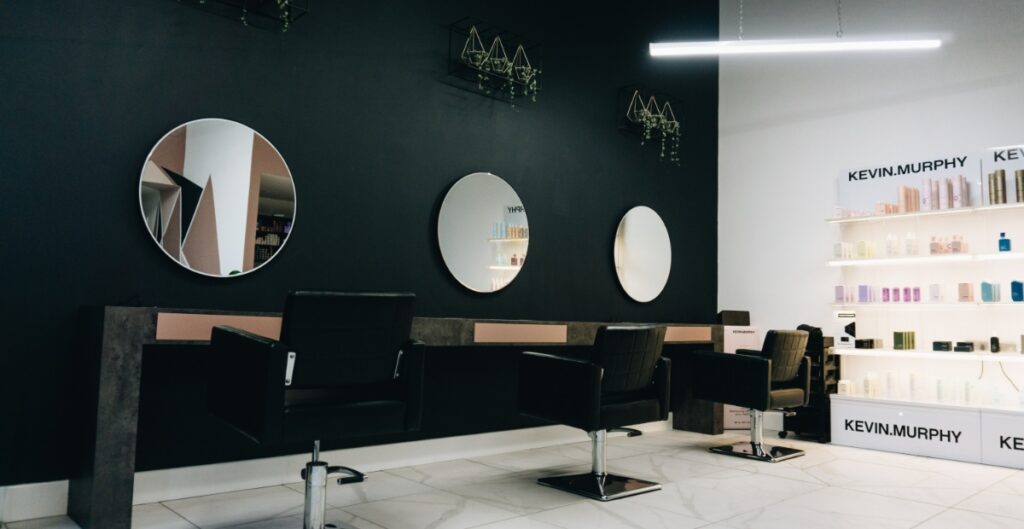Introduction
Salons are vibrant spaces that offer clients a variety of beauty and grooming services, but they also present unique energy challenges. From lighting and heating to hair dryers and hot water, the energy consumption in a salon can be significant. However, with a growing emphasis on sustainability and environmental responsibility, salon owners must explore ways to reduce their energy footprint. In this article, we will delve into the energy problems commonly faced in a salon setting and provide practical solutions to create a greener, more energy-efficient business.
- Excessive Lighting Usage
One of the primary energy culprits in salons is excessive lighting. To create a well-lit and welcoming ambiance, many salons use multiple high-intensity bulbs. By switching to energy-efficient LED bulbs, salon owners can significantly reduce their energy consumption without compromising on lighting quality. Additionally, installing motion sensors can ensure lights are only active when needed, reducing unnecessary energy wastage during idle hours.
- High Energy Consumption of Hair Dryers and Styling Tools
Hair dryers, curling irons, and other styling tools are essential for salon services but can be energy hogs. Encourage stylists to use energy-efficient tools with lower wattages that still deliver professional results. Moreover, provide training on efficient tool usage to minimize styling time, ultimately decreasing energy usage.
- Inefficient HVAC Systems
Maintaining a comfortable temperature for clients and staff is vital in a salon. However, inefficient heating, ventilation, and air conditioning (HVAC) systems can lead to excessive energy consumption. Regular HVAC maintenance and air filter replacements ensure optimal system efficiency. Installing programmable thermostats and zoning heating and cooling can also help tailor comfort levels to specific areas within the salon.
- Constant Hot Water Demand
Salons often require a steady supply of hot water for shampooing and other services. Traditional water heaters can lead to unnecessary energy consumption, especially during quieter hours. Consider upgrading to energy-efficient tankless water heaters, which provide hot water on-demand, eliminating the need for constant heating and reducing energy waste.
- Overuse of Electric Dryers and Towel Warmers
In addition to hair dryers, electric dryers and towel warmers are frequently used in salons. Encourage staff to minimize the use of towel warmers to reduce energy usage. Furthermore, explore eco-friendly alternatives like reusable towels or using quick-drying materials for a more sustainable approach.
- Wasteful Product Use
Wasteful product use can indirectly impact energy consumption. Educate staff on the importance of proper product dispensing and application techniques to reduce unnecessary product usage. Implementing an inventory management system can also help optimize product ordering and minimize waste.
To find out exactly which appliances consume the most amount of energy in a salon, be sure to check out this article from industry experts Niccolo.
Conclusion
Salon owners have a unique opportunity to contribute to a more sustainable future by addressing energy challenges in their businesses. By embracing energy-efficient practices and adopting eco-friendly technologies, salons can significantly reduce their carbon footprint and operating costs. Engaging staff and clients in sustainability initiatives can further reinforce the salon’s commitment to environmental responsibility. Taking these steps not only demonstrates a commitment to sustainability but also sets an example for other businesses and clients, inspiring positive change within the beauty and grooming industry. With a concerted effort, salons can lead the way towards a greener future while continuing to provide exceptional services to their clients.
